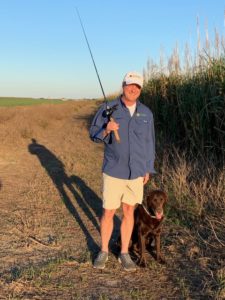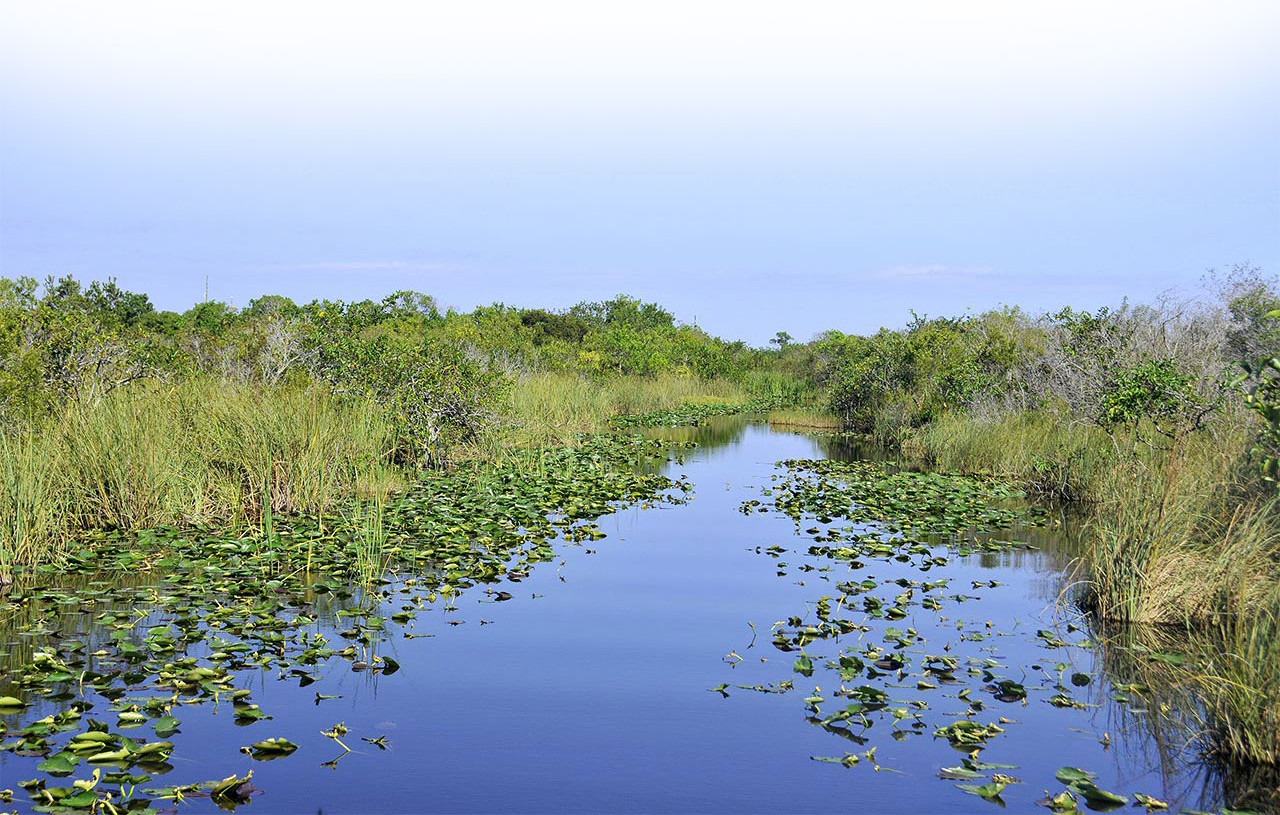As an avid outdoorsman and fishing enthusiast, I spend a great deal of time on the water in my home state of Louisiana and now my adopted home in South Florida. Following that passion, my career as an environmental engineer has focused on improving water quality across the Southeast.
That said, I cannot be more proud of the latest report showing that farmers and growers in the Everglades Agricultural Area (EAA) have reduced phosphorus by 68 percent this past year. This success is a result of the continued hard work and commitment of the farmers, growers and ranchers throughout the EAA, many of whom are part of the U.S. Sugar family.
This year’s phosphorus reduction brings farmers’ average annual reduction to 57 percent –more than double the 25 percent reduction required by law.
This data, compiled by the South Florida Water Management District (SFWMD), showed that water flowing into the farming area from Lake Okeechobee averaged 156 parts per billion in phosphorus. Thanks to on-farm water cleansing techniques, it was nearly twice as clean when we released it off our farms—at an average of only 85 parts per billion.
What these numbers mean is that our agricultural “Best Management Practices” (BMPs) that were developed through science and research projects with the University of Florida (and now put into practice every day on the farms) are working to clean water flowing south from our farms.
Farmers invest a great deal of time, effort and resources into on-farm BMPs. EAA farmers have invested more than $300 million toward restoration, which is the largest private investment in improving water quality in Florida.
And, we’re not stopping yet. Farmers are always looking for ways to strengthen our efforts to protect and restore Florida’s water resources. State-of-the-art technologies used in precision farming, such as laser leveling, GPS guidance and pump calibration provide farmers even better ways to protect the environment.
In my mind, farmers are the original conservationists because they depend on healthy land to make their living. That’s not unique to Florida as farmers throughout the country are very proud of what they do and the food they grow. However, first and foremost, they must protect the land that they farm.
Here at U.S. Sugar, we go above and beyond what is required of us to protect our environment because we live here. Our land, water, air and natural resources are part of our legacy and our promise for the future. One that I am proud to be part of today.

Michael Ellis
Vice President of Strategic Environmental Affairs
Michael Ellis currently serves as Vice President of Strategic Environmental Affairs at U.S Sugar. Mr. Ellis’ role includes working with other senior management personnel in developing and overseeing the company’s environmental responsibilities.
Prior to his role at U.S. Sugar, Michael was appointed in 2016 by Louisiana Governor John Bel Edwards to serve as Executive Director of the State’s Coastal Protection and Restoration Authority (CPRA), the single state entity authorized to develop, implement, and enforce a comprehensive master plan to address the land loss crisis along the coast and protect the citizens of the State of Louisiana.
U.S. Sugar is an American farming company, producing food for American families since 1931. With state-of-the-art technology, U.S. Sugar practices the most sustainable, progressive and efficient farming techniques available in the world. Full, vertical integration of its farming, hi-tech processing and packaging operations makes U.S. Sugar competitive while meeting the highest standards for worker safety, food quality and environmental protection. With its headquarters in Clewiston, Florida, the Company farms over 230,000 acres of sugarcane, citrus, sweet corn, green beans and other fresh vegetables. The company also owns/operates both an internal railroad and an industrial short-line railroad. U.S. Sugar provides approximately 2500 jobs in the local communities.

